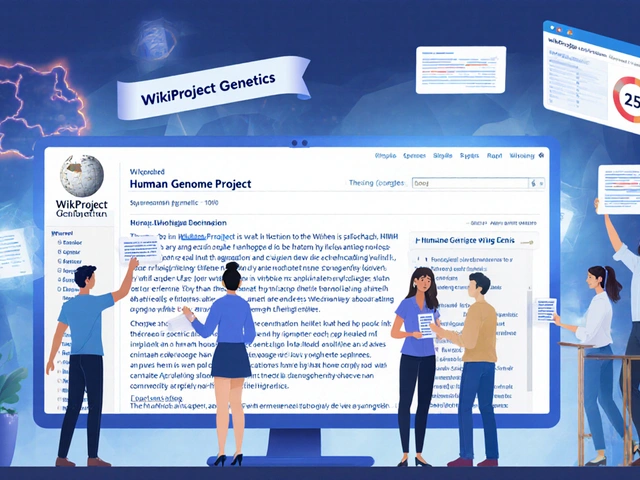Wikipedia copy editing: How volunteers polish articles for accuracy and clarity
When you read a Wikipedia article that feels smooth, clear, and trustworthy, you're seeing the work of Wikipedia copy editing, the process of refining text for clarity, grammar, structure, and consistency without changing facts or adding new content. Also known as copyediting, it’s the quiet backbone of Wikipedia’s reliability—not flashy, but essential. This isn’t about rewriting opinions or adding flair. It’s about making sure a sentence doesn’t confuse the reader, a citation actually supports the claim, and the tone stays neutral. A well-edited article doesn’t shout—it informs.
Copy editing on Wikipedia ties directly to Wikipedia policies, the mandatory rules that guide how content is created and maintained. For example, the neutral point of view policy means editors must remove loaded language—even if it’s grammatically correct. The verifiability policy means every factual claim must be backed by a reliable source, and copy editors are often the first to flag unsupported statements hidden in long paragraphs. They also fix inconsistent formatting, broken links, and outdated references. This work overlaps with reliable sources, the trusted publications and documents Wikipedia requires to validate information. A copy editor doesn’t decide if a source is good—that’s a sourcing issue—but they make sure sources are properly cited and match the claims they’re meant to support.
Many of the articles you see here come from editors who focus on cleaning up existing content instead of creating new ones. They’re the ones who fix passive voice, trim redundancy, and untangle convoluted sentences. They don’t get headlines, but their work keeps Wikipedia readable across languages and skill levels. You’ll find posts here that show how copy editing connects to article quality, the collective standard of accuracy, completeness, and readability that defines high-quality Wikipedia pages. Some editors use watchlists to track recurring errors. Others join WikiProjects focused on improving specific types of articles, like medicine or history. And when AI tools start suggesting edits, copy editors are often the ones stepping in to catch the weird phrasing, biased wording, or false citations that machines miss.
What you’ll find in this collection isn’t a tutorial on grammar—it’s a look at how real people, working in the open, make sure Wikipedia doesn’t just have facts, but presents them well. From fixing a single misplaced comma to restructuring a 10,000-word article for clarity, these edits add up. And they’re happening right now, every hour, on every topic—from pop culture to public health. You don’t need to be a professional writer to help. You just need to care about clear communication.
Wikipedia Guild of Copy Editors November 2025 Backlog Drive: How Volunteers Are Clearing Thousands of Articles
In November 2025, thousands of Wikipedia volunteers are working to clear over 12,000 articles stuck in the copy editing backlog. Learn how this quiet effort keeps Wikipedia clear, accurate, and readable for millions.







